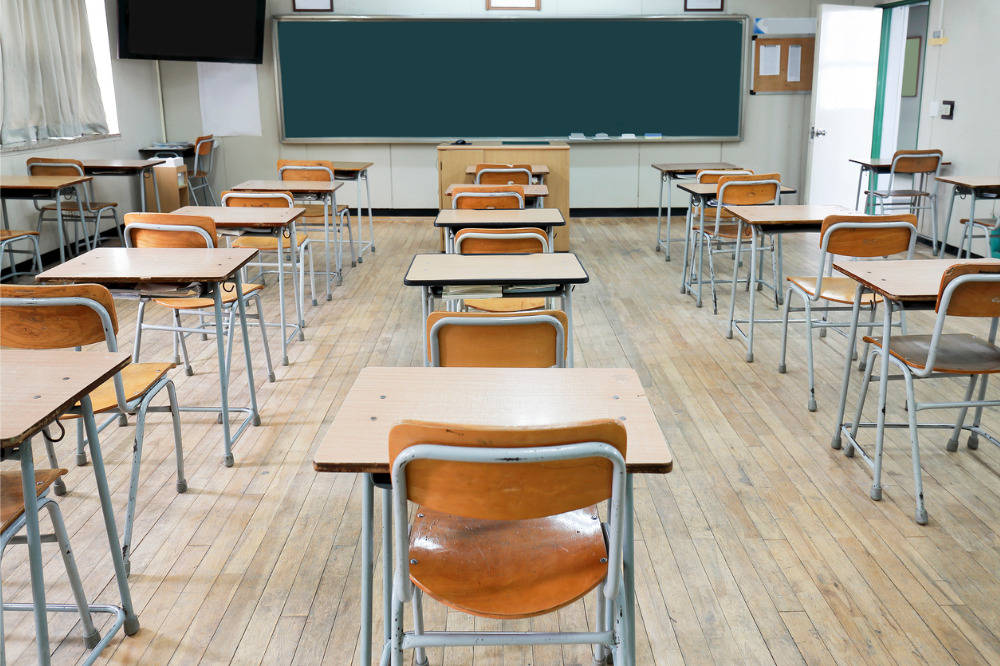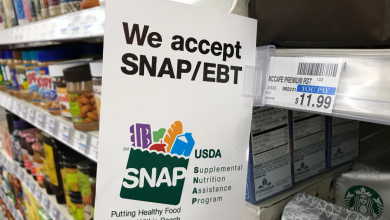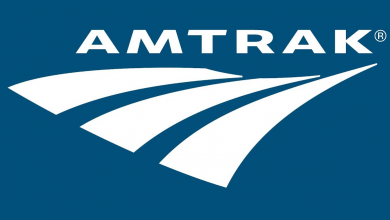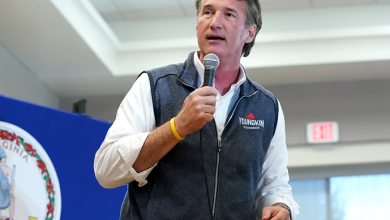Virginians are now more educated than ever before, but some other states saw their educational attainment rates grow faster

Roanoke, Virginia – Education is an important part of society because it helps the economy grow and helps people move up in the social hierarchy. From a national point of view, education is important to make sure the U.S. stays competitive in the world market. People with a lot of education are more likely to have the skills they need to do well in the modern economy. Education is also very important for preparing the next generation of workers to meet the needs of a job market that is changing quickly.
From a state perspective, education is also essential in promoting social equity and addressing longstanding disparities in access to opportunity. In many states, there are big differences in how well students do in school based on their socioeconomic background or where they live. To close these gaps, we need to make a commitment to give all students, no matter where they come from or what their circumstances are, a high-quality education.
Also, education is a key part of getting people involved in their communities and making them feel like they belong. By giving students the skills and knowledge they need to be active members of society, education helps build stronger, more resilient communities that are better prepared to face the challenges of the 21st century.
Education is important for both the country as a whole and for every state in America. By putting money into education, we can help the economy grow, reduce social divides, and build stronger, better-connected communities. Because of this, policymakers at all levels of government need to put education at the top of their lists.
In Virginia, the education rate is growing and the state currently sees the highest rates since data is collected. More than 59 percent of working-age Virginians have earned a college degree or postsecondary certificate or credential in 2021, a recent Lumina Foundation report has shown.
The latest survey on educational attainment in Virginia shows a 2% increase from 2019, indicating a fast transformation of the workforce. The figures encompass any type of degree acquired after high school, including associate degrees and credentials from community colleges.
Despite the increase, Virginia slipped in its national ranking from fifth to seventh, with other states experiencing a faster growth in educational attainment rates. Nevertheless, Virginia still boasts one of the highest rates in the country, and is not far behind the top-ranked state of Massachusetts, at 62%, and is above the national average of 53%. These developments are promising, as income often correlates with education.
In addition, Virginia outranks its peer states, especially in the Southeast, which are usually the main contenders for economic development projects. North Carolina, in particular, ranks much lower at 32nd in the country, with an educational attainment rate of 52.1%. These results should be useful for the governor or anyone advocating Virginia as a place to conduct business. The state with the lowest educational attainment rate is Nevada at 43.9%, and North Carolina is closer to the bottom than to the top.
However, Virginia’s high ranking is mostly attributed to Northern Virginia, with Charlottesville making a significant contribution. Out of 134 counties and cities in the state, only 10 are above the statewide average of 59.3%, with six in Northern Virginia and two in the Charlottesville area. York County and Lexington are the only localities above the state average that are outside of these regions, with Lexington’s numbers distorted by its small size and two colleges. The rest of the state falls below average, with many rural areas in Southwest and Southside ranking among the lowest.
Before I analyze much further, let’s look at the actual numbers. These are the 10 localities that rank above the state average:
- Falls Church 82.7%
- Arlington 82.1%
- Lexington 74.5%
- Alexandria 72.0%
- Loudoun County 71.2%
- Fairfax (city) 71.1%
- Fairfax County 70.8%
- Albemarle County 66.1%
- Charlottesville 64.6%
- York County 61.2%
Now for the bottom 10 (actually 11, since two are tied):
- Dickenson County 22.7%
- Buchanan County 21.4%
- Sussex County 21.2%
- Emporia 20.6%
- Covington 20.5%
- Page County 20.0%
- Lunenburg County 19.8%
- Essex County and Lee County 18.7%
- Buckingham County 16.3%
- Greensville County 14.8%
It is not my intention to fixate on negative news any more than a medical practitioner who relays concerning news about a patient’s high blood pressure. However, it is with regrettable news that three localities, namely Buckingham County, Essex County, and Lee County, have all experienced a decline in their educational attainment rates within the past two years.
The question arises, how could this transpire? One plausible explanation could be that individuals with higher education credentials departed from these counties, which have all experienced a decline in population over the past two years. Alternatively, it is possible that individuals lacking academic credentials moved into these areas and diluted the proportion of educated residents. It could also be a combination of the two factors. Regardless of the specific reasons, it is clear that the trajectory is headed in an unfavorable direction.
“There is an arc that begins on and sweeps down Virginia’s Eastern Shore, across Southern and Southwest Virginia, and up the mountain range towards Winchester,” former Gov. Gerald Baliles wrote in Virginia Business in 2015. “It is a stylized horseshoe area that comprises 75 percent of our geography and contains more than 2 million people. If it were a separate state, it would rank 50th in the nation in educational attainment, tied for dead last with Mississippi and West Virginia. That may surprise some people. It should be cause for alarm, a call to action, especially since the rest of Virginia would rank number two in the country.”
To a certain degree, these statistics do not present novel information. The revelation that the regions of Southwest and Southside hold the lowest educational achievement rates within the state is far from groundbreaking. The common narrative frequently highlights the flourishing urban crescent, whereas the opposite end of the spectrum is portrayed by the state’s community college system as the “rural horseshoe.”




